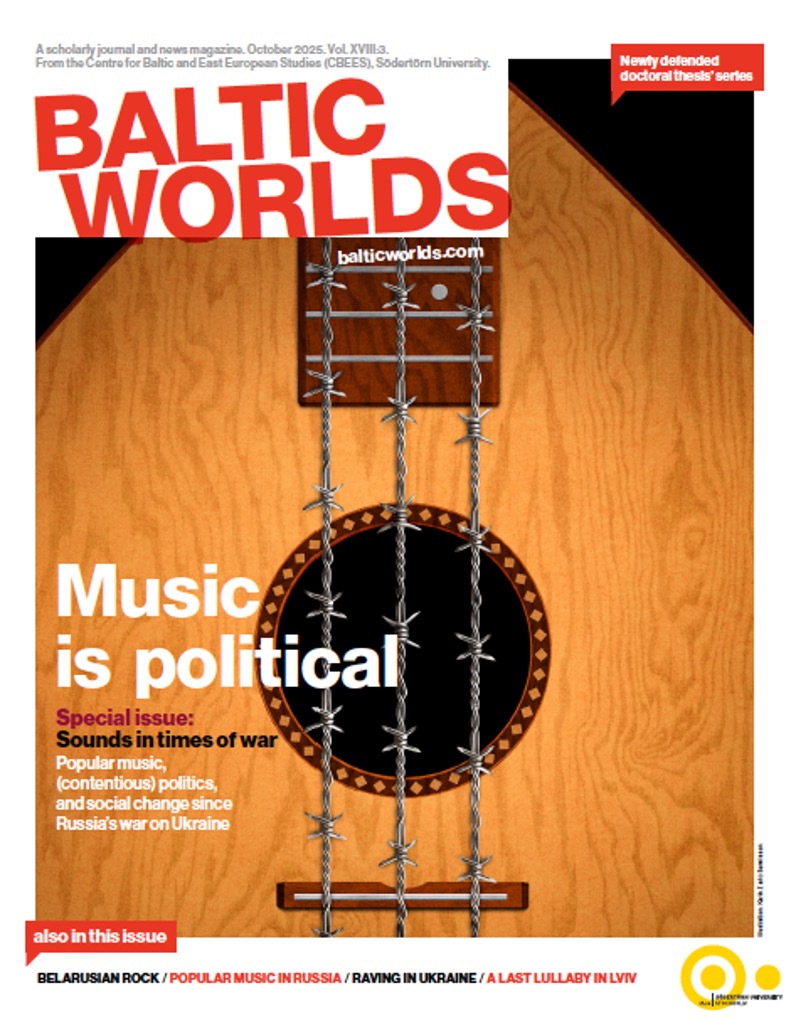What is post-Soviet literature today?
For large groups in the East, the fall of the Soviet Union was like a floodgate opening through which history flowed in. The period following 1991 has been described as transitional, and the literature as post-Soviet. In the panel discussion “Fast forward – Rewind” at the Stockholm Literature Fair at Kulturhuset in December 4, 2021, questions such as how this transition can be understood in retrospect, and how we are to talk about Russian literature of today, were addressed.

 Issue 2025, 3:
Issue 2025, 3: